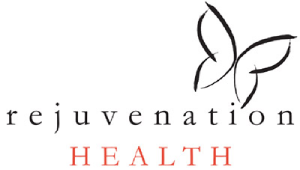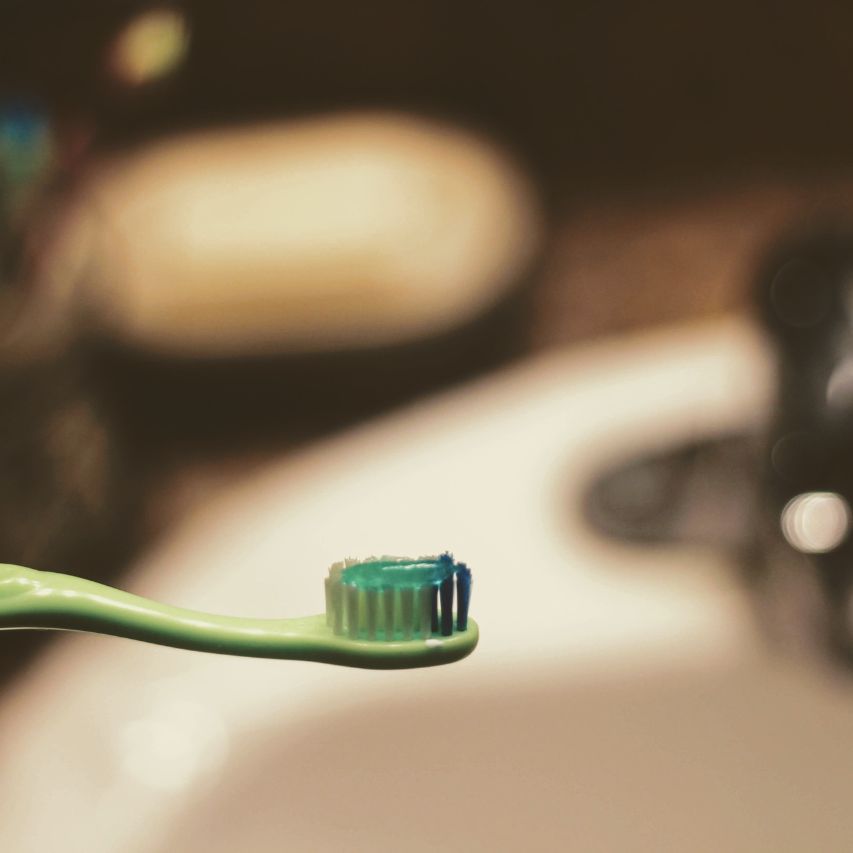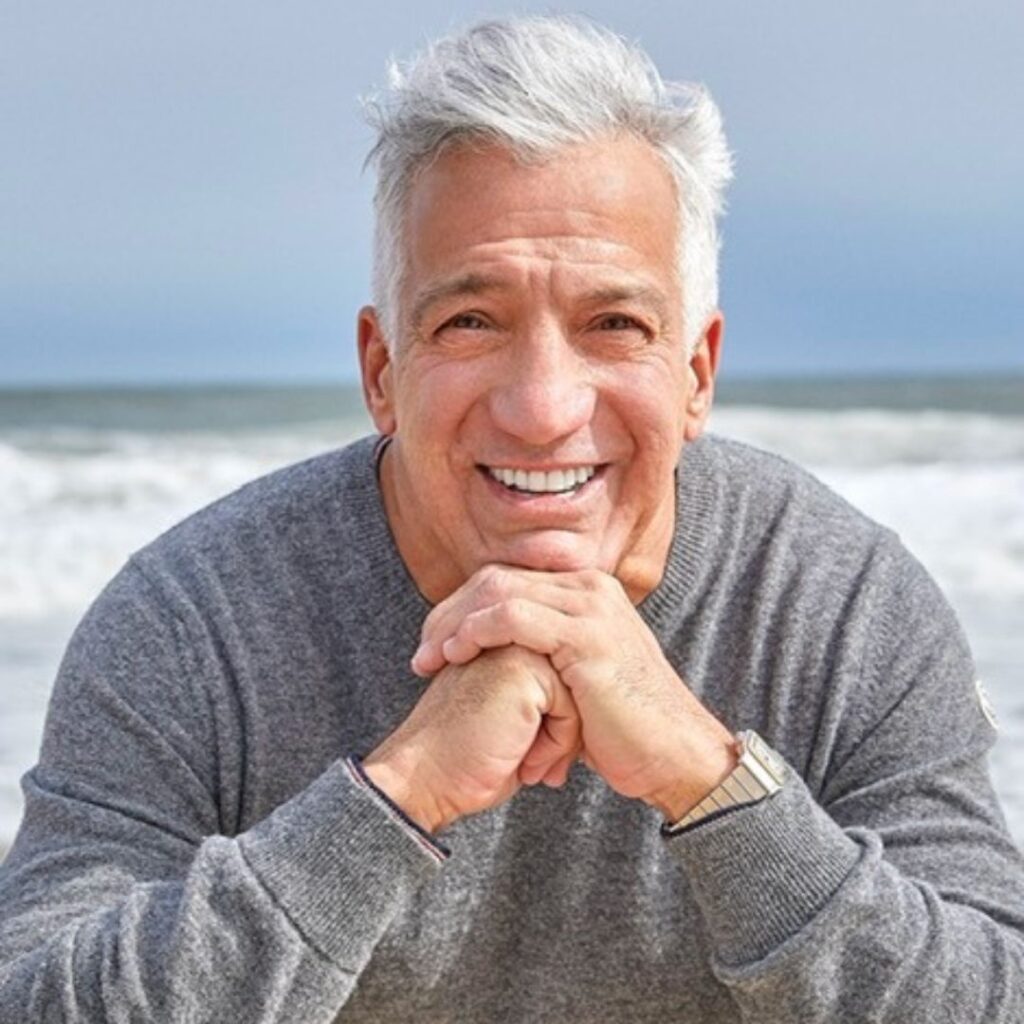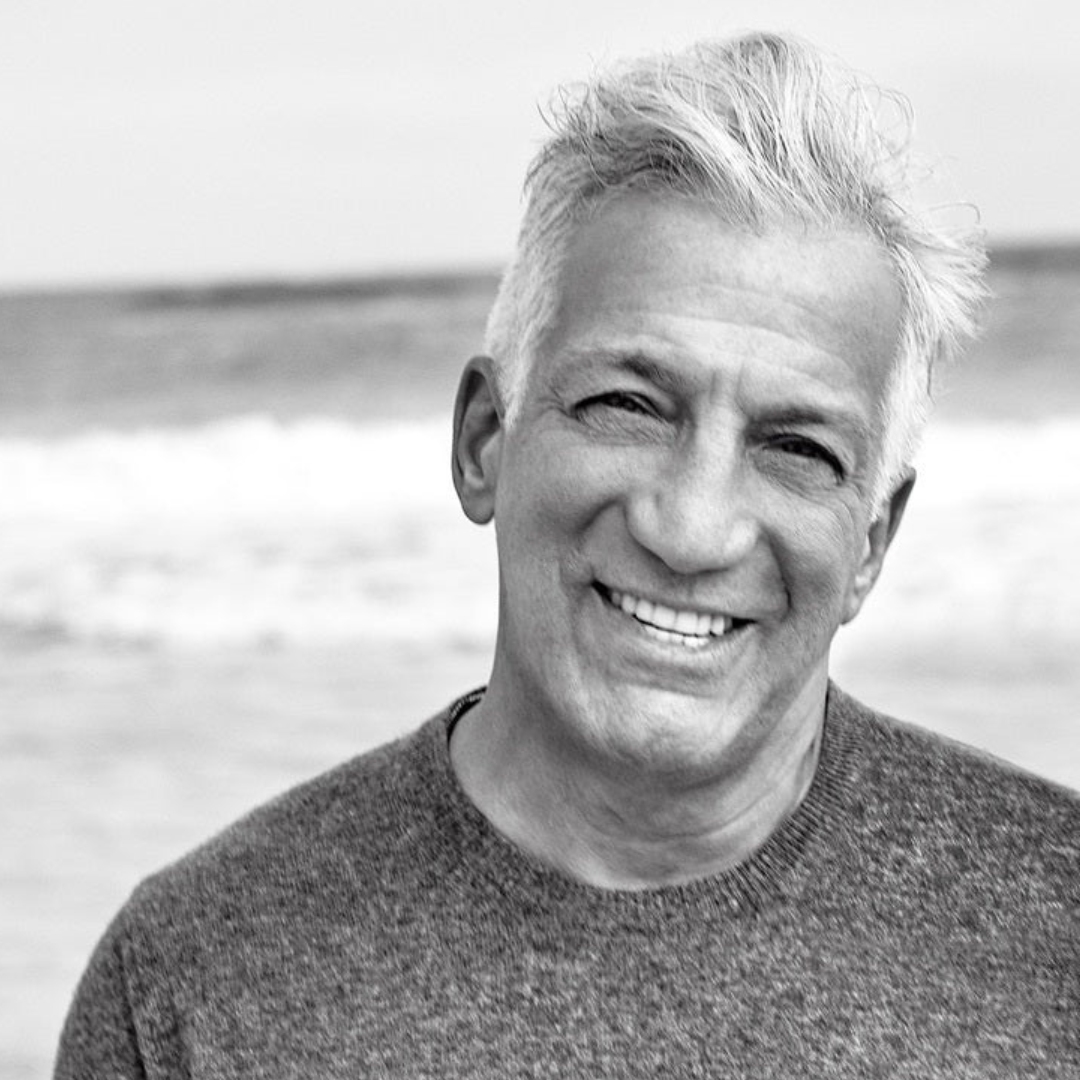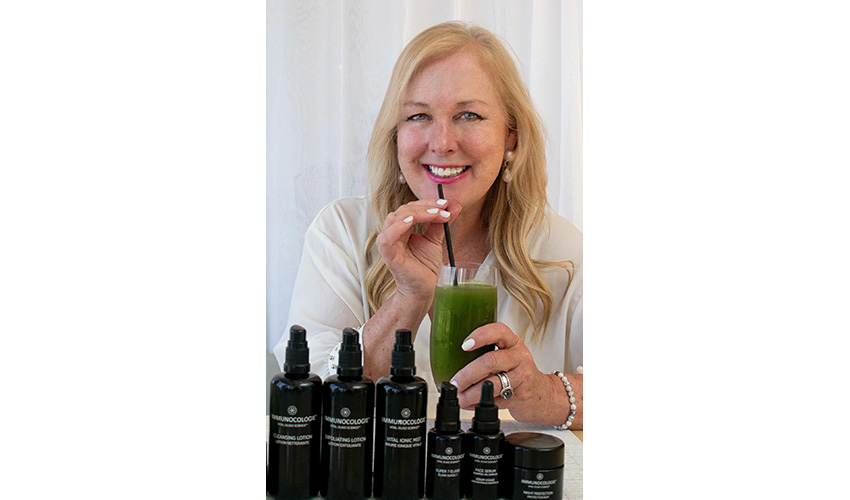You should brush your teeth before breakfast and simply rinse your mouth out after breakfast.
There are multiple ways to properly brush your teeth, but this order is the simplest solution while also avoiding harmful practices, like brushing your teeth while there are acidic food particles or drink residues on your teeth.
The American Dental Association (ADA) recommends you brush your teeth twice a day, but the ADA doesn’t specify when you should brush.
Keep reading for the benefits of brushing before breakfast, downsides to brushing after breakfast, teeth-healthy breakfast food tips, and where flossing fits in!
Benefits of Pre-Breakfast Brushing
What are the benefits of brushing teeth before breakfast?
- Avoiding acids from carb- and sugar-rich breakfast foods scratching against your teeth
- Providing a protective barrier from acidic breakfast foods (as long as you use toothpaste)
- Getting rid of morning breath-causing bacteria and plaque
- Boosting your saliva production as early as possible
Is it better to brush your teeth before or after breakfast? It is better to brush your teeth before breakfast, but it is wise to also rinse your mouth out with water or a safe mouthwash after breakfast. Benefits of brushing before breakfast include saliva production, enamel protection, and bad breath treatment.
Is it harmful to brush my teeth after breakfast?
It may be harmful to brush your teeth after breakfast if you haven’t first rinsed out your mouth. If you still have food and drink residue that is acidic, brushing your teeth could mean you’re rubbing acids into your teeth and stripping away at your tooth surface structure.
If you want to brush your teeth after breakfast — perhaps because that’s easiest for your morning routine — you should wait at least 30 minutes, floss, and rinse your mouth out before brushing.
Below are some acidic foods and drinks you may consume at breakfast time which can be harmful to your oral health — especially if you brush your teeth with the residue still lingering. These acidic foods can actually be avoided altogether to further improve your oral health:
- Coffee
- Sugar, as found in jelly, syrup, pastries, most cereals, and even peanut butter
- Citrus fruits, including oranges, grapefruit, and pineapple
- Fruit juices, like apple or orange juice
- Dried fruits that stick to your teeth
- Fried foods, like donuts and hashbrowns
- Spicy foods
- Tomatoes
Brushing Your Teeth the Right Way
Follow these 7 brushing habits for better dental hygiene:
- Brush in gentle circles. Scraping your teeth as hard as you can is only harmful to your dental health. You are not getting rid of more plaque, you are getting rid of your tooth enamel surface if you don’t brush gently.
- Aim for your gums. Angle your brush at 45° towards your gums to attack the plaque underneath your gum line. This should improve dental health and gingival health, reducing your risk of gingivitis or gum disease.
- Use an electric toothbrush. In theory, a human can perfectly brush their teeth with a manual toothbrush. However, in reality, we almost never do because of simple human error. An electric or sonic toothbrush which vibrates and oscillates increases your chance of plaque removal.
- Brush for 2 minutes. A lot of people find it simple yet satisfying to spend 30 seconds on each quadrant of the teeth: bottom right, bottom left, top right, top left.
- Use the right toothpaste. Avoid toothpastes which contain common irritants like fluoride, SLS, triclosan, and parabens. Try Revitin toothpaste which promotes a healthy oral microbiome using natural ingredients and no irritants.
- Air dry your brush head the right way. You don’t want to brush your teeth with a toothbrush covered in bacteria. Place your toothbrush facing the ceiling in a cup away from other toothbrushes and away from any toilet. If the brush is facing down, bacteria are more likely to proliferate in the bristles. When toilets are flushed, bacteria can spray across the bathroom and cling to surfaces like your toothbrush bristles. (Flushing with the lid down may decrease bacteria on your brush.)
- Don’t brush right after eating or drinking, unless you rinse your mouth out first. If you brush your teeth while there’s still acidic food debris or drink residue lingering in your mouth, you could be rubbing those acids into your teeth, stripping away at your enamel surface. After meals, consider chewing sugar-free gum with xylitol to improve saliva production and oral health.
While we’re here, what about flossing?
Flossing is great for your oral health. It removes interdental plaque and reduces your risk of both tooth decay and gingivitis.
You should floss before brushing, not after.
Flossing dislodges food particles and plaque buildup from between your teeth, but the floss does not always remove those things from the mouth altogether. If you brush after, the toothbrush will take care of anything the floss dislodged but didn’t remove.
If you floss after you brush, you won’t get rid of anything that flossing dislodged but did not remove entirely. However, a mouth rinse could help swish away those excess particles.
Bottom Line
Ultimately, any method you use to brush your teeth is probably better than never brushing your teeth. Do what motivates you to brush.
However, there are certain oral hygiene practices that can harm your teeth, such as brushing your teeth right after meals, brushing your teeth too aggressively, and never flossing.
Dr. Gerry Curatola, DDS, has decades of experience helping people like you overcome oral health struggles. Dr. Curatola and his team at Rejuvenation Dentistry are dedicated to treating oral health and whole-body health, in the most biocompatible, minimally-invasive way possible.
Schedule an appointment at Rejuvenation Dentistry today! Your teeth will thank you, not to mention the rest of your body.
Sources
- Affoo, R. H., Trottier, K., Garrick, R., Mascarenhas, T., Jang, Y., & Martin, R. E. (2018). The effects of tooth brushing on whole salivary flow rate in older adults. BioMed research international, 2018. Full text: https://www.ncbi.nlm.nih.gov/pmc/articles/PMC5846348/
- Tungare, S., & Paranjpe, A. G. (2018). Diet and nutrition to prevent dental problems. Full text: https://www.ncbi.nlm.nih.gov/books/NBK534248/
- Tenelanda-López, D., Valdivia-Moral, P., & Castro-Sánchez, M. (2020). Eating habits and their relationship to oral health. Nutrients, 12(9), 2619. Full text: https://www.ncbi.nlm.nih.gov/pmc/articles/PMC7551577/
- Digel, I., Kern, I., Geenen, E. M., & Akimbekov, N. (2020). Dental plaque removal by ultrasonic toothbrushes. Dentistry journal, 8(1), 28. Full text: https://www.ncbi.nlm.nih.gov/pmc/articles/PMC7175112/”
- Tabatabaei, M. H., Mahounak, F. S., Asgari, N., & Moradi, Z. (2019). Cytotoxicity of the ingredients of commonly used toothpastes and mouthwashes on human gingival fibroblasts. Frontiers in Dentistry, 16(6), 450. Full text: https://www.ncbi.nlm.nih.gov/pmc/articles/PMC7569277/
- Mazhari, F., Boskabady, M., Moeintaghavi, A., & Habibi, A. (2018). The effect of toothbrushing and flossing sequence on interdental plaque reduction and fluoride retention: A randomized controlled clinical trial. Journal of periodontology, 89(7), 824-832. Full text: https://file.qums.ac.ir/repository/sd/darmani/perio/term%2098-99/824.pdf
- Johnson, D., Lynch, R., Marshall, C., Mead, K., & Hirst, D. (2013). Aerosol generation by modern flush toilets. Aerosol Science and Technology, 47(9), 1047-1057. Full text: https://www.ncbi.nlm.nih.gov/pmc/articles/PMC4666014/
- Söderling, E., & Pienihäkkinen, K. (2021). Effects of xylitol chewing gum and candies on the accumulation of dental plaque: a systematic review. Clinical Oral Investigations, 1-11. Full text: https://www.ncbi.nlm.nih.gov/pmc/articles/PMC8791908/
